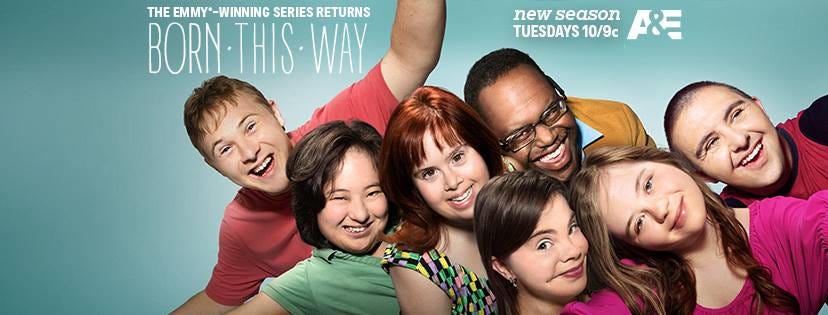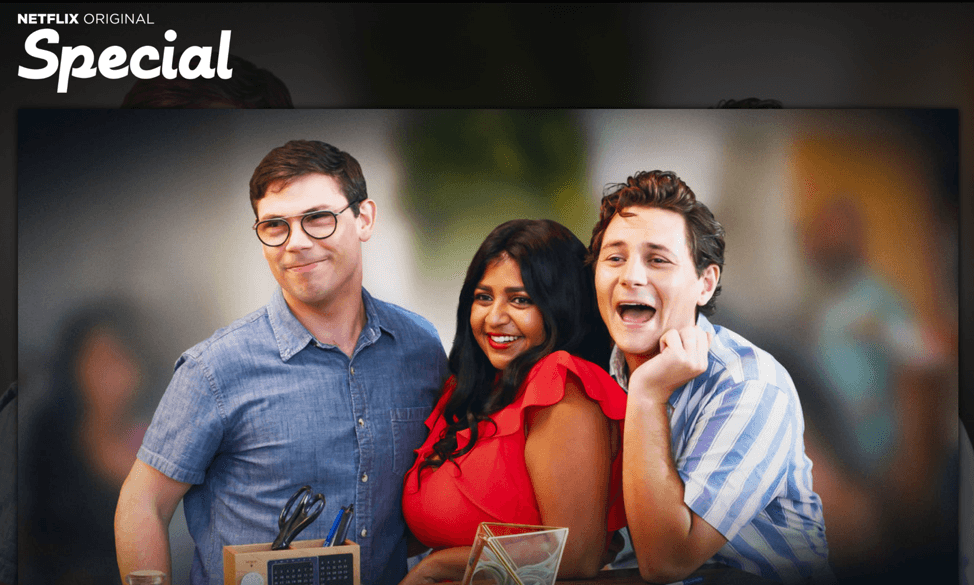
“According to the United Nations Department of Economic and Social Affairs, “The rich diversity of our society inclusive of all its members – including persons with disabilities – can help strengthen fundamental human rights and contribute to development for all.” [1]
“The Americans with Disabilities Act (ADA) was passed into law 33 years ago this July. This historic law protects the rights of people with disabilities in the United States, but people with disabilities still face challenges in terms of representation and discrimination.” [2]
“Representation is the way in which media portrays people and their experiences, communities, ideas, and groups.” [1]
“The ADA recognizes disability as a protected characteristic. This means that people with disabilities have the same opportunities and rights as everyone else.
People with I/DD have been historically underrepresented in media, public discourse, and advocacy movements. This lack of representation has a real impact on people with I/DD.” [2]

Media is books, movies, television, news, streaming, music and more. It’s entertainment, but with the power to shape our perception in significant ways.
“We don’t see many films coming out of Hollywood with disabled characters played by disabled actors.
While Hollywood moves more slowly, the industry is making progress. Independent production companies are taking the lead on making sure we have movie options that represent people with disabilities fairly and authentically. Accurate representation promotes inclusion and understanding in all our lives.” [3]
“In January of 2020, an open letter with signatures from 72 actors and directors was released discussing the importance of representation of disabilities in TV and film that features actors with disabilities in those roles. Statistics show that 95% of television shows that feature a person with a disability are played by actors who do not have any type of disability. Of the 61 Oscar nominations and 27 Oscar wins for roles that showcase characters with disabilities, only two of those roles were played by an actor with a disability themselves.” [4]
Below we will share some great options of media where I/DD people got represented.

Movies:
- “The Peanut Butter Falcon” Adventure-Comedy-Drama, 2019
- “Crip Camp: A Disability Revolution” Documentary, 2020
- “Keep the Change” Romance, 2017
- “Carol of the Bells” Romance, 2019
- “Best Summer Ever” Musical, 2021
- “Bulletproof” Western, 2013
- “Becoming Bulletproof” Documentary, 2014
- “Jeremy the Dud” Spoof, 2017
- Life Goes On (family drama)
- The Theory of Everything (2014)

Shows:
- Atypical on Netflix
- The Good Doctor on ABC
- Everything’s Gonna Be Okay on FreeForm.
- Glee (musical comedy/drama

Kids’ books:
- “Emmanuel’s Dream” (Laurie Ann Thompson & Seal Qualls)
- “Hello Goodbye Dog” (Maria Gianferrari)
- “Different Is Awesome” (Ryan Haack)
- “We’re Amazing, 1, 2, 3!” (This Sesame Street storybook)
- “Just Ask!” (Sonia Sotomayor)
- “My Friend Suhana” (Shaila Abdullah)
There are a lot of more options that we can find here at https://www.huffpost.com/entry/childrens-books-characters-disabilities_l_6014669dc5b6aa4bad33ea80

“Share media with our loved ones that represents the diversity of our world. A well curated media selection that accurately and fairly portrays people with disabilities addresses the two primary ways media shapes our perception. It helps us learn more about people who are different from us and we have the opportunity to see ourselves within the characters and personalities portrayed.” [1]
Resources
[1] https://ablelight.org/blog/people-with-idd-in-media/
[3] https://ablelight.org/blog/movies-for-people-with-idd/
[4] https://www.elevatustraining.com/disability-representation-in-television-and-film/
[5] https://ablelight.org/blog/idd-actor-portrayals-on-television/
